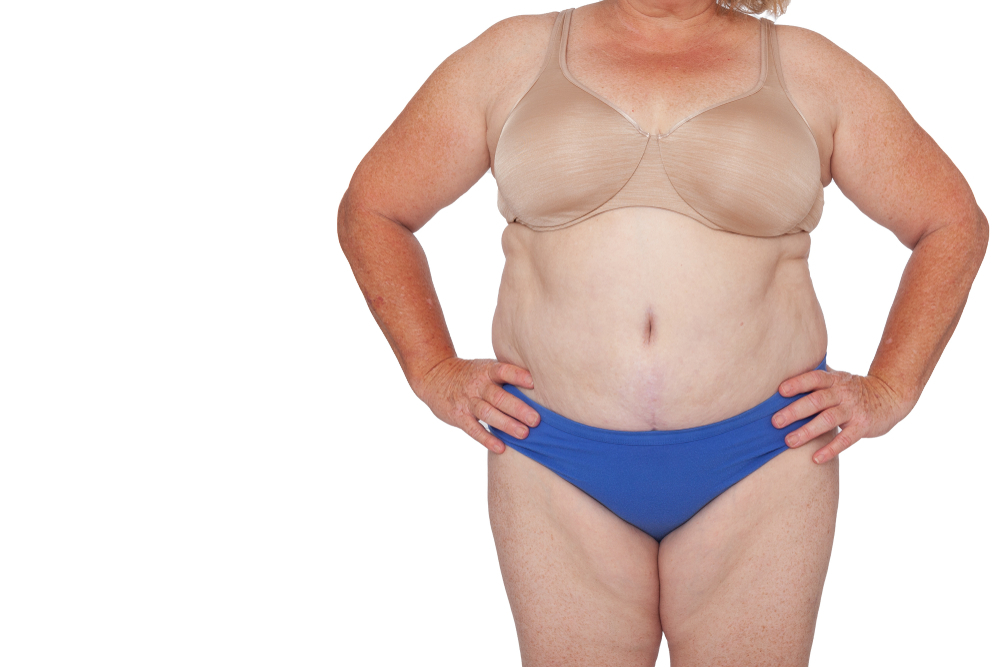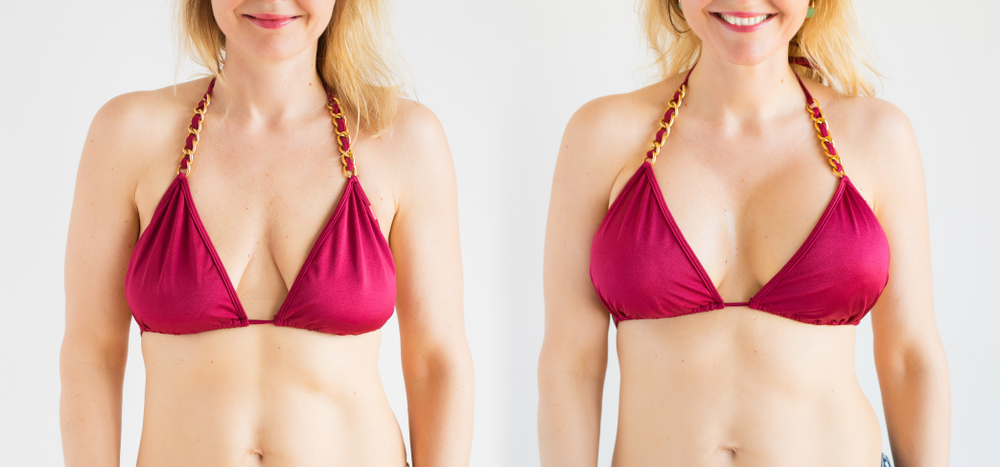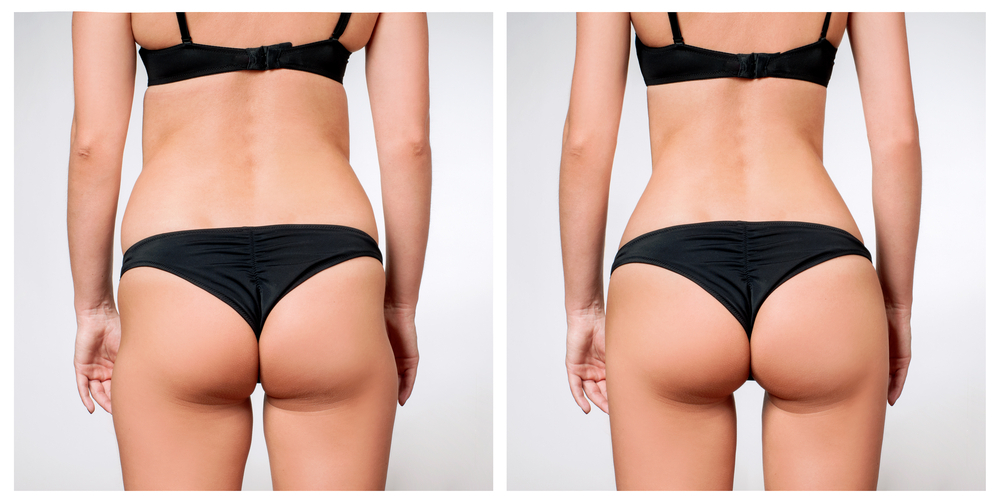If you’ve had all your other questions answered about breast augmentation, you may now be wondering: How much does a breast augmentation cost? Breast augmentation cost varies depending on the type of surgery you get. The cost of augmentation with implants differs from one type of implant to another, and there’s a difference between augmentation with implants vs. augmentation via fat transfer. And there are other factors that can make a breast augmentation procedure cost more or less.
Average Cost for Breast Augmentation with Implants
According to the American Society of Plastic Surgeons (ASPS), the average cost of breast augmentation with implants in 2018 was $3,824. The most expensive procedure using implants that the ASPS highlighted was $12,000. This makes up only part of the cost. The average does not include the type of breast implant and leaves out other costs, such as:
- Anesthesia fees – These can vary depending on the type of anesthesia you have. For example, going to sleep with general anesthesia costs more than a an “awake” breast augmentation using only local anesthesia. Also, who performs the anesthesia matters. A certified registered nurse anesthetist (CRNA) may cost less than a certified anesthesiologist.
- Hospital or surgical facility costs
- Post-surgery garments
- Medical tests
- Prescriptions for medication
- Surgeon’s fee
Costs like a surgeon’s fee will vary based on the experience of the plastic surgeon, as well as the location of the office.
How Implant Costs Differ
If you opt for breast augmentation with implants, the price of your surgical procedure will depend on which type of breast implant you choose: saline, silicone gel, gummy bear, or a “structured” saline implant.
The most affordable implant type is saline-based (filled with a saltwater solution). Silicone gel implants are about $1,000 more expensive than saline implants. Modern silicone gel implants are all made of “cohesive gel”, as opposed to liquid silicone. This means that they can be cut or punctured, and still retain their shape without “leaking” silicone fluid (as with previous silicone implants). This provides the benefit of additional safety, but also helps ensure the longevity of the implant.
The next most expensive type of implant is a “structured” saline implant, like the Ideal Implant (trademark). This is a unique type of saline implant that has characteristics of a shaped silicone implant, like increased projection. It also has multiple chambers to hold the saline, which gives it the “feel” of an implant somewhere between a traditional saline implant, and a silicone implant. This is a good choice for women who like the idea of having a saline implant, but are concerned about the way a traditional saline implant feels.
The most expensive type of breast implant is a shaped, cohesive gel (or “gummy bear”) implant. As the name suggests, these are made from a gummy-bear-like material. The thicker gel used in these types of implants, compared to silicone gel, makes them more likely to retain their shape. Gummy bear implants are also teardrop-shaped, which creates less fullness in the upper breast area and a more natural droop to the bottom half compared to saline and silicone implants. The advantages of these newer implants make them pricier. They are estimated to cost between $6,000 and $12,000 (all inclusive).
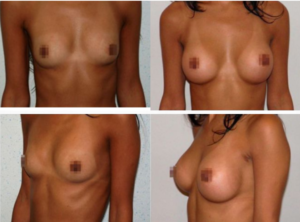
Average Cost for Breast Augmentation with Fat Transfer
If you don’t want breast implants, you’re probably already considering an augmentation via fat transfer. This procedure is twofold. During the first part of surgery, your cosmetic surgeon will use liposuction to remove fat from one or more areas of your body—thighs, buttocks, abdomen, or hips. In the second part, the plastic surgeon will take the fat tissue, process it into a liquid form, and then inject it into the breast area.
Because breast augmentation with fat transfer essentially involves two procedures and takes longer, it costs more than a procedure with implants. According to RealSelf member reviews, the average cost of a breast augmentation with fat transfer is $9,000. This makes the procedure nearly three times as expensive as the average cost of a breast augmentation with implants. Many women opt for fat transfer over implants because it involves the use of your own tissue, thus creating a more natural look.
Some factors that can affect the cost of breast fat transfer include:
- The amount of fat that a plastic surgeon transfers – More fat requires more preparation and handling.
- Whether or not you need multiple procedures – Some patients require more than one procedure to achieve their desired results. This is partly because not all the transferred fat will survive. Repeat procedures may be necessary to ensure you’re happy with the size and shape of your new chest.
- How many areas of your body are targeted for liposuction – The more areas, the higher the cost, as surgery will take longer.
What does the procedure involve?
A typical breast augmentation will take one to two hours. Patients can have the procedure performed under local anesthesia, sedation, or totally asleep (i.e., general anesthesia).
A surgeon will make a small incision in the fold under your breasts, in the arm-pit area, or around the areola. He will then make a pocket, underneath either in front of, or behind the pectoralis muscle, to place the implant. Typically, the surgeon will then “try on” a number of different implant sizes, and choose the one that looks best for you.
After the final, permanent implant is placed, the surgeon will then close the incisions with sutures and apply a sterile dressing over the incision.
What is the recovery process like?
You will need to limit your activity for the first 48 hours after surgery. After that, you will gradually be able to increase your activity. However, we do not recommend any heavy lifting or strenuous upper extremity or arm exercise for four weeks after your implants are placed.
Over the counter pain relievers, like acetaminophen or ibuprofen, may help relieve any discomfort. Your surgeon may also give you a prescription medication for pain control.
You will typically have some swelling after the surgery. This will gradually decrease over the next few weeks after surgery.
What are the possible complications?
Complications after a breast augmentation are rare. The most common complications are:
- Breast Pain
- Changes in sensation in the nipple and breast
- Scar tissue formation around the implant, causing a change in the feeling or shape of the implant (“capsular contracture”)
- Scarring at the site of incision
- Bleeding
- Infection
- Asymmetry
- Changes in breast size or shape
- Breast-implant Associated illness
- Breast-implant associated Anaplastic Large-Cell Lymphoma (ALCL)
It is also possible for breast implants to break, or rupture. If a saline implant ruptures, then the implant will simply deflate, and the saline will be absorbed by the body. Since the vast majority of implants used today are form-stable, cohesive gel (i.e., “gummy bear”) implants, in general, a silicone implant rupture will stay inside the implant pocket, without leaking out. This is called a “silent rupture”. This can typically only be detected with further imaging, like an MRI.
Will insurance cover my breast augmentation?
In general, breast augmentation is NOT covered by insurance. Other types of breast surgery, like breast reconstruction and breast reduction, are sometimes covered by insurance.
Are there “non-surgical” breast augmentation procedures?
Using your own fat to augment the breast is not technically a surgical procedure, although it does involved making tiny holes to 1) remove your fat, and 2) inject your fat. In general, 50-75% of the fat survives long-term, so the results are very reasonable. To date, there has not been any documented increase in other adverse events after fat transfer to the breast, such as the development of breast cancer.
What kind of incision will I have for my breast augmentation?
The type of incision we will use for your breast augmentation is determined by patient-specific factors, the type of implant used, and patient preference. For instance, if you have a very small areola, then you are probably not going to be a good candidate for a trans-areolar breast augmentation. Similarly, if you are having a shaped implant placed, it may not be a good choice to have a trans-axillary (or armpit) incision. The majority of patients choose to have their incision in the infra-mammary fold (i.e., under the breast). This is because the incision heals well over time, and provides a very natural result.
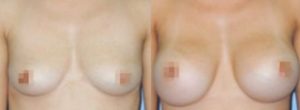
Will my breasts feel different after an augmentation?
Although silicone breast implants fee similar to real breasts, they are still technically a man-made device. If you try hard, you will generally always be able to feel the breast implant. This is especially true for women who are starting out with little breast tissue, since the breast tissue is not available to “camouflage” the implant. In general, placing a relatively smaller implant, or placing the implant under the muscle will result in a harder-to-feel implant.
How do I know what size implant to choose?
There are a number of ways to estimate which implant is right for you. The first way is to look at patients who have a similar body and breast shape and size to you, and find out what size implant she has had placed. The next way is to measure your breast and chest wall dimensions, to find out which implant type and size will best “fit” your body and breast type. Finally, we can use three-dimensional imaging (i.e. Crisalix) to reconstruct a 3D image of your breast and torso, and figure out which implant is best for you. Once we have an idea of this, we can use custom-made silicone breast “sizers” to determine which size, or range of sizes is right for you.
Are there any medical conditions that can prevent me from having a breast augmentation?
A personal or strong family history of breast cancer may prevent you from having a breast augmentation. If you have any significant medical problems, like diabetes, high blood pressure, or heart disease, you may need medical clearance and/or testing before a breast augmentation. Finally, if you are a current smoker, you will need to quit before having a breast augmentation.
Can I have my areola reduced, or a breast lift, at the same time?
Yes, you can. This is generally called a “mastopexy”. This can result in additional incisions on the breast. This must be discussed in detail with your surgeon.
Transparency in Breast Augmentation Cost, with No Hidden Fees
DFW Center for Aesthetics and Cosmetic Surgery is transparent when it comes to breast augmentation costs. This means you won’t be surprised by any extra fees to the breast augmentation cost you’re originally quoted.
It’s also important for us that breast augmentation is affordable and available to as many women as possible. Our breast augmentation costs are about 50% less than those of our competitors. This doesn’t mean we compromise on expertise, quality, safety, or results.
Recovery Costs
Any costs you incur during your breast augmentation recovery won’t be covered by the breast augmentation cost or the flat facility fee. These extra costs may include prescribed medications (which are only around $30).
Options for Paying for Your Breast Augmentation
Breast augmentation is normally considered to be a cosmetic procedure. This means there aren’t many cases when one’s medical insurance could cover the costs. But you still have a wide range of options to pay for the procedure with DFW Center for Aesthetics and Cosmetic Surgery, including:
- Healthcare credit cards, including CareCredit® and Alphaeon Credit®
- A secured loan from United Medical Credit or Enhance Patient Finance
- Subprime loans from United Medical Credit
- Credit card
- Cash or cashier’s check
- In-house financing
Schedule a Consultation to Find Out If Breast Augmentation Is Right for You
There’s a lot to think about when you’re thinking about plastic surgery like breast augmentation, and price is no small consideration. At DFW Center for Aesthetics and Cosmetic Surgery, we pride ourselves on our transparent pricing, our customer service, and our ability to give patients the results they are looking for. We perform all our procedures in a high-end facility near Fort Worth, Texas with state-of-the-art equipment. Our staff are adept, knowledgeable, and trained to provide a high standard of care and make your experience as comfortable as possible.
To learn more about how breast augmentation could improve the appearance of your breasts and your body confidence, reach out and schedule a consultation with DFW Center for Aesthetics and Cosmetic Surgery!



